News
Cosmos bipinnatus
Coreopsis, commonly known as tickseed, is a genus of flowering plants in the family Asteraceae. It is native to North, Central, and South America and includes about 75-80 species. The following is a detailed introduction to coreopsis:
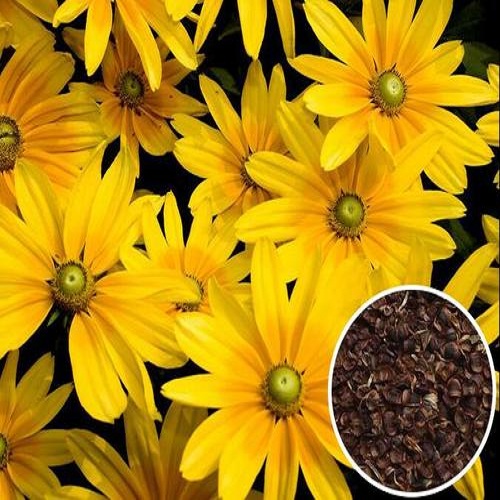
Classification and Name: The genus Coreopsis belongs to the Asteraceae family. Its scientific name is derived from the ancient Greek words "kóris" (meaning "bed bug") and "ópsis" (meaning "view"), referring to the shape of the achene.
Plant Form: Coreopsis plants range from 46-120 centimetres in height, with some species being annuals or biennials, and others perennials. The stems are usually slender and wiry, and the leaves are mostly opposite, with various shapes such as lanceolate, linear, and spatulate1.
Flowers: The flowers of coreopsis are usually yellow, but some species may also have yellow-and-red bicolor or other colors. The flower heads are showy, with involucral bracts in two distinct series of eight each, the outer being commonly connate at the base. The ray florets are usually long and narrow, and the disk florets are tubular and yellow1.
Fruits: The fruits are flat, small, and dry, resembling insects, and each seed has a unique shape, which is the origin of its common name "tickseed". The seeds are easily attached to the fur of animals or the clothing of humans, facilitating their spread.
Preferred Environment: Coreopsis is a sun-loving plant that thrives in full sun and can tolerate some shade, but it may not bloom as prolifically in shaded areas. It is adaptable to a wide range of soil types, including sandy, loamy, and clay soils, as long as the soil is well-drained.
Cold and Drought Resistance: Most coreopsis species are cold-hardy and can survive in USDA hardiness zones 4-9. They are also drought-tolerant once established, making them suitable for xeriscaping and low-maintenance landscapes.
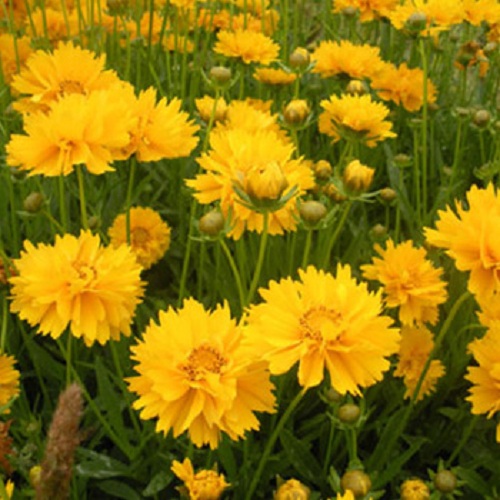
Coreopsis lanceolata: It is a perennial upright herbaceous plant, also known as Lance Coreopsis, with a height of 30-70 cm1. The leaves are opposite, mostly clustered at the base, and the stem leaves are few1. The flower heads are solitary at the end of the branches, with yellow ray florets and tubular florets1. It is often used as an ornamental plant in gardens and flower beds1.
Coreopsis grandiflora: A native of North America, it has large, showy flower heads with yellow or gold daisy-like flowers. The foliage is deeply lobed and lance-like. It is a popular garden plant, known for its long blooming period and easy cultivation.
Coreopsis tinctoria: Commonly known as Plains coreopsis, it has bright yellow flowers and is often used in wildflower meadows and naturalized areas. It is an annual or biennial plant and can self-seed freely, making it a common sight in open fields and along roadsides.
Ornamental Value: Coreopsis is widely used in landscaping and gardening due to its bright and showy flowers, long blooming period, and easy cultivation. It is suitable for flower beds, borders, rock gardens, and container planting. It can also be used as a cut flower, adding color and beauty to indoor arrangements.
Ecological Value: As a native plant in North America, coreopsis provides food and habitat for many pollinators such as bees, butterflies, and birds, playing an important role in maintaining ecological balance.
Medicinal Value: Some species of coreopsis, such as Coreopsis lanceolata, have medicinal properties. The whole plant can be used medicinally, with effects such as clearing heat and detoxifying, resolving stasis and reducing swelling, and is used to treat coughs, traumatic bleeding, sores, and swelling poison, etc.


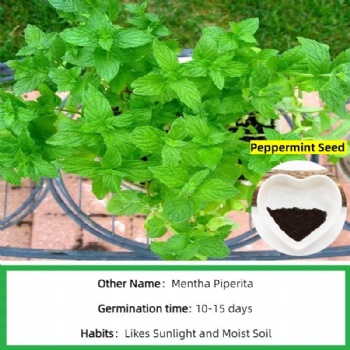
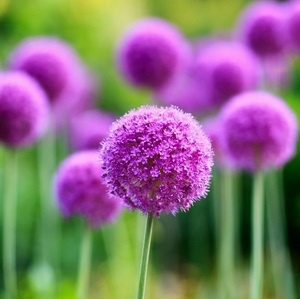
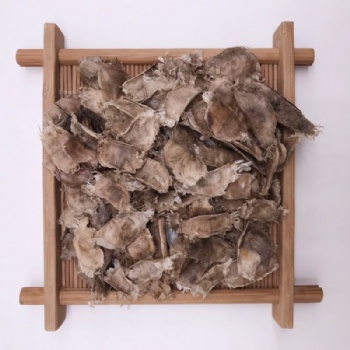
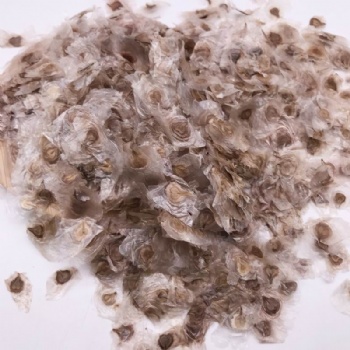
 售前客服
售前客服
